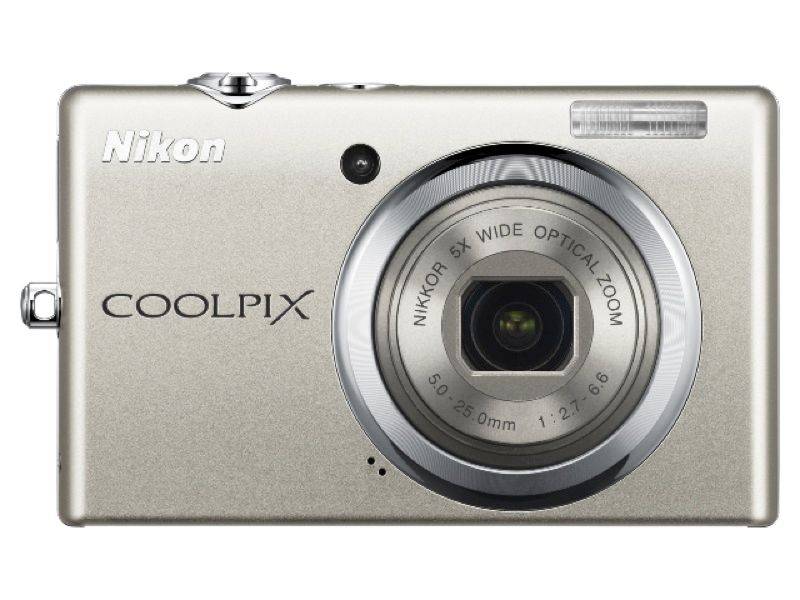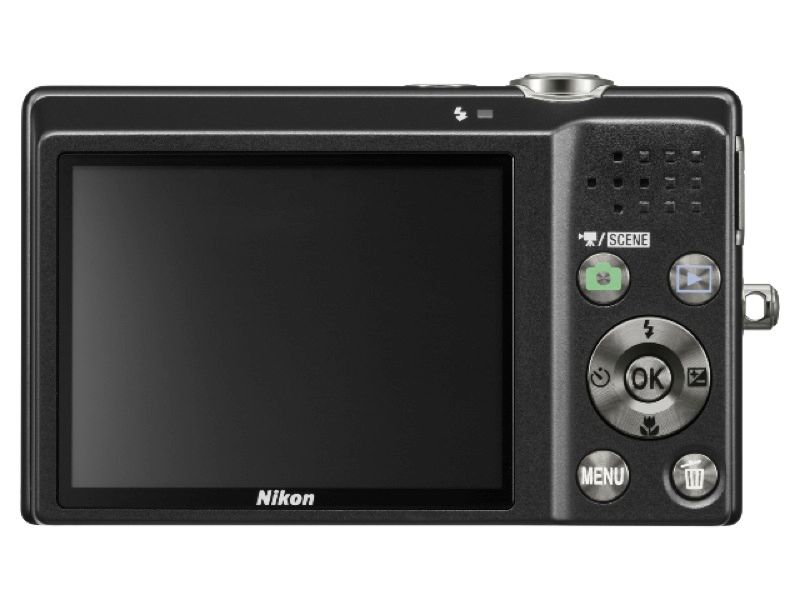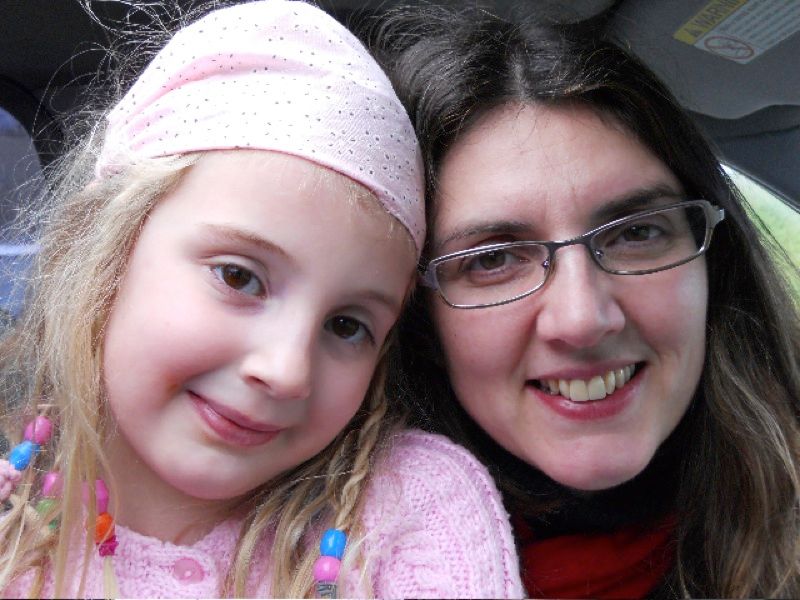The Coolpix S570 arrived alongside the S640 and provides a simple to use, high-resolution snapper for the masses, but with some problems and some neat automated tricks up its sleeve.
Our quick take
And that's the problem here really. A fleet of foot snapper this is not, focus is slow and not always able to key on your subjects, be they backlit, normally lit or otherwise. In the darker situations you're likely to use the camera (parties, nights out and the like), focusing becomes more problematic, noise issue notwithstanding. And so, while this is by no means the worst compact we've reviewed - and to be fair it is typical of such cameras - at this price it is one of the most disappointing Nikon compacts we've reviewed, which is a shame.

Nikon Coolpix S570 compact camera - 3.5 / 5
| FOR | AGAINST |
|---|---|
|
|
Costing a quid shy of £200, the S570 looks very nice (I had the silver liveried version) and comes with a 12-megapixel top resolution and a large 2.7-inch screen - though it lacks an optical viewfinder - as most compacts tend to do today as their makers try to keep 'em small.
Billed by Nikon as a camera "perfect for parties, nights out, holidays and more" it certainly boasts a high ISO setting if ISO 32,000 at full resolution. However in practice, shooting at anything over ISO 400 the noise becomes visible and over 800, it's very intrusive, so shooting in low light at higher ISOs is possible, but you may not like what you see in the resulting images.
In terms of overall performance, the camera is also lacking some pizzazz. It's pretty slow to focus in all modes other than with the fixed, central AF point in use - face AF, manual and auto zone AF selection are all very slow to lock on, and even then they don't always get it right.
Switching to that central AF zone provides faster AF service but then of course you'll need to factor-in decomposition of off-centre subjects. The speed images are spooled off to the SD/SDHD card which is also a little suspect as the camera will lock up for around 1.5 seconds (more in continuous shooting sequences where you get a burst mode of around 1fps for as long as you press the shutter button) leaving you twiddling your thumbs and missing other potential shots, but that's all quite underwhelming at this price point. Okay, so enough of the problems.
On the plus side of the equation, the S570 looks great, its menu system is easy to follow and understand and the camera handles well, albeit we found the shutter button a little too sensitive.
The Intelligent automation system works, and automatically picks the "correct" scene before the camera and is pretty accurate and saves faffing about in the scene menus. The intelligent system selects between six scene modes that most closely fit your subject - portrait, night portrait, landscape, night landscape, close up or backlit subjects, which cover most situations for everyday shooting.
There are also four electronic VR (Vibration Reduction) image "stabilisation" modes via a motion detection system that automatically controls shutter and ISO settings. But here issues with image noise can become a problem as you lack control over the ISO.
Nikon's BSS (Best Shot Selector) is a help here as it will snap a series of sequential images and saves just the sharpest one from the sequence you've taken, which is great and can take some of the disappointment out of a fast sequence of events you're trying to shoot while trying not to miss the action and get a sharp shot.
We also like the Quick Retouch mode, this works rather well at improving the balance of contrast and saturation in images you've taken. It's simple to use and can add a touch of sparkle to some shots taken on, say, cloudy or dull days.
You still get 16 scene modes if you want to select from them, such as Beach and Snow, Food and Museum modes, as well as the usual settings such as Macro and Sports modes. Nikon's D-Lighting technology helps get detail out of shadow and highlights, without compromising either and there's a neat auto picture sorting system too, which helps get you to your favourite images on the card quickly and simply.
There's a generous helping of movie modes, four of them in fact. Two 640-pixel TV settings (one high quality, one standard) and ditto two lower resolution (PC/web oriented) 320-pixel movie options also with high and standard settings.
The S570's 5x optical zoom Nikkor lens gives a good maximum aperture range of F/2.7 to F/6.6 and the 24-140mm zoom range can encompass most typical subjects - the lens is crisp and compact, so keeping the camera small in use but giving the potential to pack in plenty of detail.
The two sections of the lens's slide-away protector, which should cover the lens when the camera is off, occasionally got stuck as the camera switched on, and that seems a little problematic as we had to fiddle to get the darn thing open.
In terms of overall image quality, we've already mentioned about the high ISO noise problems, but with the sharp lens and very good white balance control (though slight orange casts can be visible in auto mode in mixed lighting) plus a natural colour performance at the default setting, these all help to get the most from shots where the camera is at its best - low ISO, bright conditions and static subjects.
To recap
Nikon's Coolpix S570 looks very nice and is simple to use but it lacks that "certain something" when it comes to focusing and overall performance. The S570 is a camera best used for static subjects, such as landscapes, that will allow you to get the most from this new Nikon


